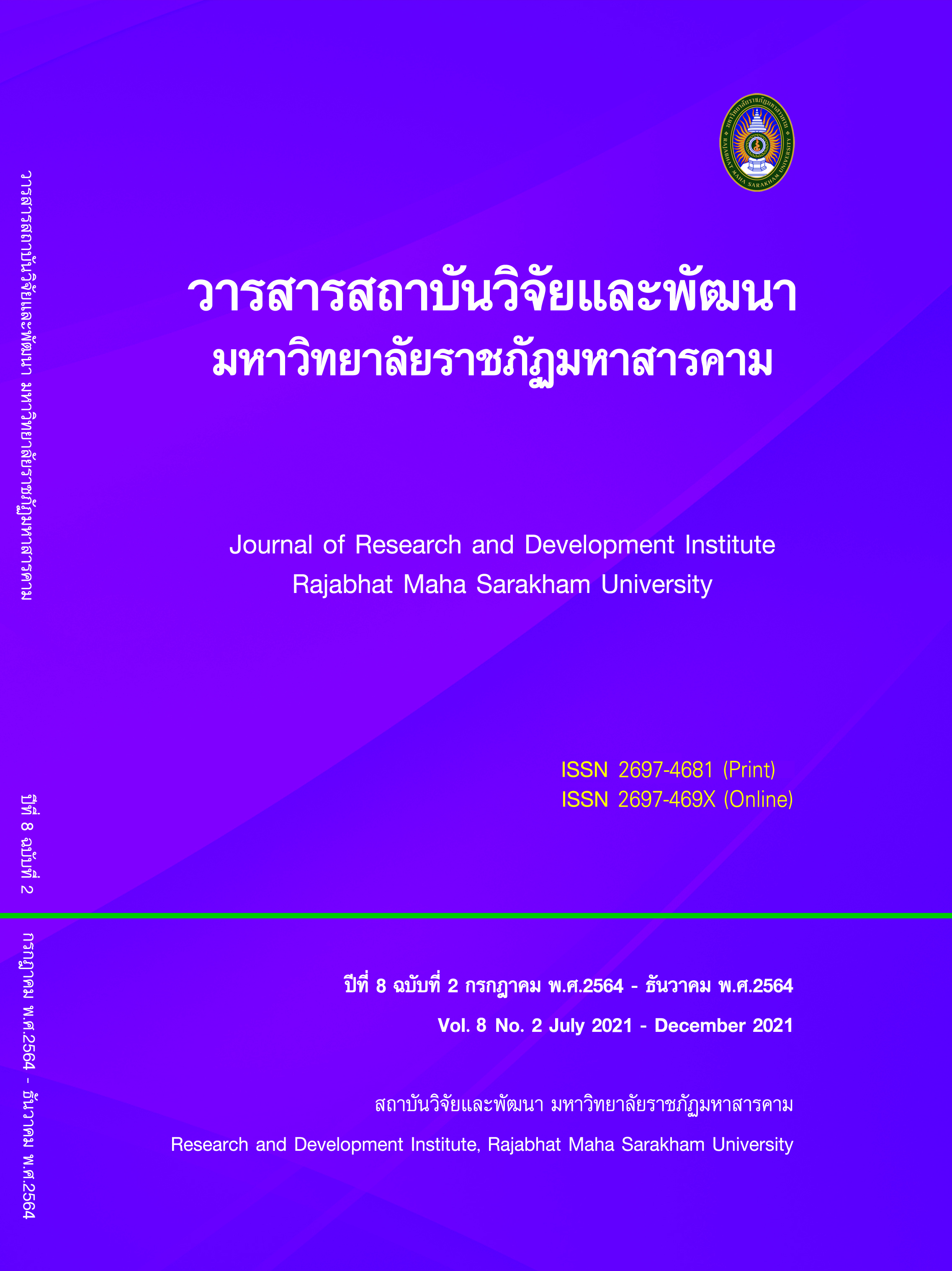Economic Impact Assessment of Laos-China Hydropower Projects Using the Entropy Method
Keywords:
International Hydropower Projects, Entropy Method, Nam Ou Hydropower StationsAbstract
Given that Laos is rich in water resources, it attracts many Chinese companies to invest in the construction of hydropower stations in Laos and has made great contributions to the economic development of Laos. Evaluating the economic impact of Lao-China hydropower projects is of importance for improving Laos' social and economic development. This quantitative study aimed to construct an evaluation system to evaluate economic impacts of the Lao-Chinese transnational hydropower projects and to describe key factors to provide theoretical support for improving its economic benefits.This article designed an Economic Impact Assessment (EIA) system of hydropower projects from three aspects: economic growth, economic structure, and economic quality, taking Laos' hydropower projects in the Nam Ou river basinas a sample. The data were analyzed by the entropy method to examine its impacts on the Lao economy. The results showed that the construction of cascade hydropower stations in the Nam Ou river basin has played a crucial role in enhancing Lao economic development. After the completion of the projects, Lao economic benefits have been significantly increased; the adjustment and optimization of the economic structure of hydropower projects area major force for economic development. Meanwhile, the unemployment rate has been reduced during the construction and operation stages. The urbanization rate and people’s income have also increased to a certain extent, which has also promoted economic development.
References
Adenfelt M. (2010). Exploring the performance of transnational projects: shared knowledge, coordination, and communication[J]. International Journal of Project Management, 2010, 28(06): 529-538.
Berkun M. (2011). Environmental assessment of Turkish transnational river hydropower system[J]. Water Conservancy and Hydropower News, 2011, 32(09): 14-20.
Chen TT, Song S. (2012). The strategic choice of globalization and localization of Chinese multinational corporations—Taking China State Construction's investment in the United States as an example[J]. International Economic Cooperation, 2012(09): 4-10.
Gu YH, Li D. (2009). Fuzzy comprehensive evaluation model for Web application security based on entropy weight[J]. Journal of Nanjing University of Information Science & Technology (Natural Science Edition), 2009, (01): 71-75.
Hu F, Li SC, Li L. (2012). Research on performance evaluation model of public works investment project under low carbon economy model[J]. The Theory and Practice of Finance and Economics, 2012, 33(02): 108-112.
Huang QW. (2018). Application of GIS technology in environmental impact assessment [J]. Resource Economization & Environmental Protection, 2018(04): 34-35.
Jaafari A. (2001). Management of risks, uncertainties and opportunities on projects: time for a fundamental shift[J]. International Journal of Project Management, 2001,19(02): 89-101.
Jia G, et al. (2013). Reversible RNA adenosine methylation in biological regulation. Trends Genet 29(2):108-15.
Li LJ, Wang ZM, Guo LD. (2016). Whole-stage and multi-level government guidance mechanism of overseas investment in hydropower[J]. Yellow River, 2016, 38(09): 122-125.
Liu LZ, Liu XH. (2016). Economic impact assessment of cross-sea channel project from the perspective of regional integration: a case study of Bohai Strait cross-sea channel project [J]. Social Science Journal, 2016(03): 180-185.
Liu QQ, Yuan DL. (2015). Research status of social evaluation index system of engineering projects [J]. Value Engineering, 2015, 34(14): 4-6.
Martin, F. & Bolliger, D.U. (2018). Engagement matters: Student perceptions on the importance of engagement strategies in the online learning environment. Learning 22(1), 205-222. doi:10.24059/olj.v22i1.1092.
Meng FY, Wang C, Zhang YM. (2016). Research on evaluation method of project investment scheme based on generalized λ-Shapley Choquet integral[J]. Operations Research and Management Science, 2016, 25(03): 186-194.
Peng L. (2017). Risk analysis and assessment of cross-country oil/gas pipeline projects[D]. Tianjin University, 2017.
Shen AH. (2009). China Water and electricity project consultation enterprise transnational supply chain management decision[J]. China Market, 2009(02): 88-89.
Tu S. (2016). Cooperation and dispute over Lancang-Mekong water resources development (1957-2016) [D]. Wuhan University, 2016.
Tuo, Y., Duan, Z., Disse, M., & Chiogna, G. (2016). Evaluation of Precipitation Input for SWAT Modeling in Alpine Catchment: A Case Study in the Adige River Basin (Italy). Science of the Total Environment, 573, 66-82.
Wang JL, Zhou GH, Peng XY. (2018). Risk Assessment Model of Overseas Railway Projects Based on DEMATEL and ANP[J]. Science and Technology Management Research, 2018, (11): 219-227.
Yang HJ, Yang QY, Xie DT. (2007). Review and prospect of social impact assessment of engineering projects[J]. Chinese Agricultural Science Bulletin, 2007, (08): 588-593.
Zhu HZ. (2010). International project management[M]. Wuhan: Wuhan University Press, 2010:
Downloads
Published
How to Cite
Issue
Section
License
Copyright (c) 2021 Journal of Research and Development Institute Rajabhat Maha Sarakham University

This work is licensed under a Creative Commons Attribution-NonCommercial-NoDerivatives 4.0 International License.
Articles that are published are copyrighted by the authors of the articles







